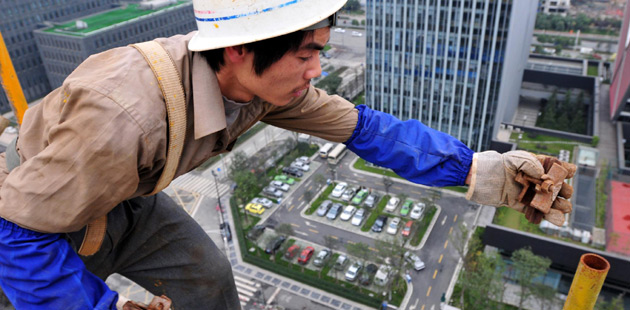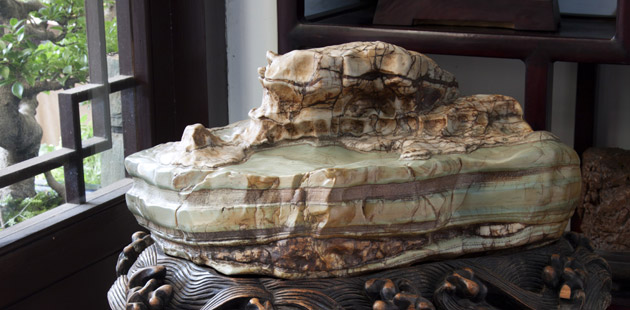10 years of trade barriers and remedies
Updated: 2011-12-09 08:38
By He Weiwen (China Daily)
|
|||||||||||
Since China joined the World Trade Organization (WTO) 10 years ago, it has seen not only an unprecedented growth in foreign trade, but also growing trade remedies and barriers.
From 1995-2010, 3,752 trade remedy cases were filed throughout the world, with 784 cases against China, or 20.9 percent of the total, WTO data shows.
However, from 1995 to 2000 when China was not a member of WTO, it accounted for about 10.5 percent to 19 percent of the total number of cases.
After China joined the WTO, the figure went up from 14.8 percent to 37.6 percent from 2001 to 2010.
The number of cases filed against China reached 72 out of a world total of 203 in 2006, or 35.4 percent; in 2007, 2008 and 2009 it was 62, 76, 77 cases respectively, and in 2010 it fell to 23, with the percentage remaining between 33.3 and 36.8.
As China accounts for only 11 percent of total world exports, its share in world trade remedies has been three times as much, showing China has a serious, chronic problem.
Several features could be found in trade remedies and barriers against China since the WTO accession.
First, they are from developed and developing countries, with the latter gaining momentum in recent years. Contrary to common understanding, the US is not the major player, launching only three cases against China in 2006, accounting for 4.17 percent of the world total and 12 cases in 2007, or 19.35 percent.
The only exception is 2008 when it launched 22 cases, or 29 percent of the world total. The number fell to 12 in 2009 and to six in 2010.
Second, rates of remedies tend to increase to alarming levels. The US ruled an anti-dumping rate of 429.53 percent to 496.93 percent on China's oil drilling tubes, and Argentina ruled 408.47 percent anti-dumping rate on China's plastic injectors, killing Chinese exporters.
Third, trade remedies have expanded from the usual anti-dumping to counter-vailing, or both, and special safeguards.
Fourth, trade remedy cases tend to grow. During the first half of 2011 alone, the US launched 30 cases of 337 investigations worldwide, with 15, or 50 percent, on China, compared with none in 2001 and 2002.
The cases focused on information technology and other electronic products with higher added value. It shows with the upgrading of the Chinese export structure, IPR disputes tend to rise.
Fifth, technical barriers have been fast rising, especially in the EU. During the first half of 2011, the EU announced 1,714 food and feed safety cases worldwide, with 255 linked to China.
The global financial crisis and economic recession has only reinforced trade protectionism by many countries. The constant advance of world technology and the upgrading of China's export structure undoubtedly make IPR a core issue.
As well, environment and safety issues increase technical barriers. All the trends will only continue in the years ahead.
China needs to be better prepared for, and have a clearer perspective of, the trade remedy and barriers environment in the next 10 years. One priority should be a better and more professional understanding of all competitors and market targets.
A thorough, constant study and monitoring of possible conflicts will give China a better choice before exporting, especially in a cut-throat price environment.
China also needs a better and more professional command of WTO rules. The WTO prefers all subsidies be conditional, transparent and non-discriminative.
China could also resort to WTO dispute settlement mechanism for trade dispute cases.
Another effective way to reduce trade remedy and barriers is enhancing China's direct investment in leading export destinations, trying for a win-win scenario with competitors, as part of China's "going-out" strategy.
The author is co-director of the China-US/EU Study Center, China Association for International Trade. The opinions do not necessarily reflect those of China Daily.








